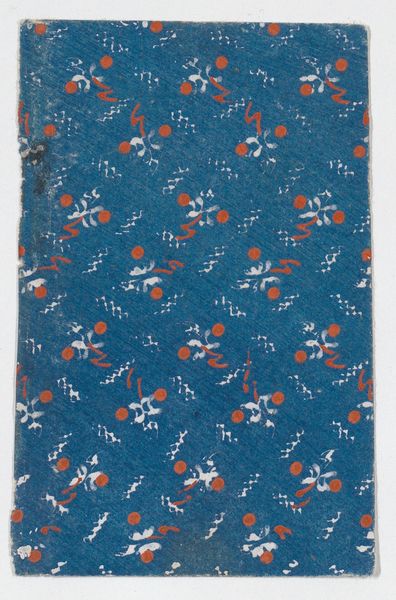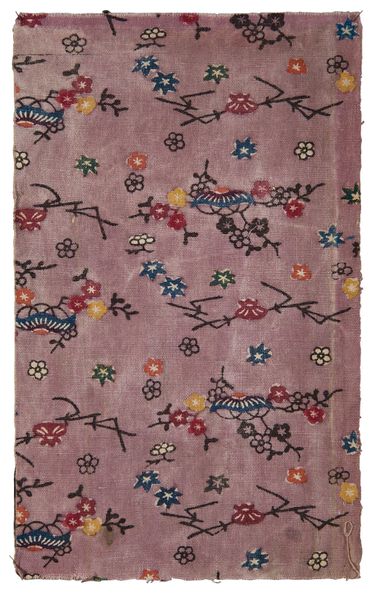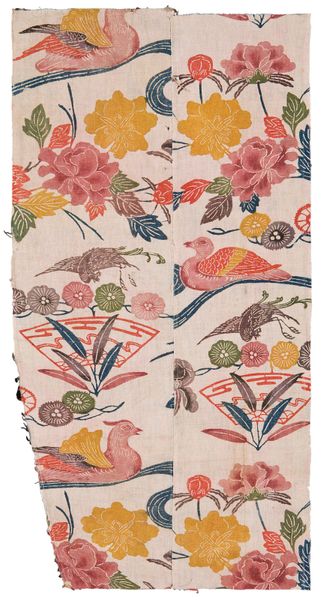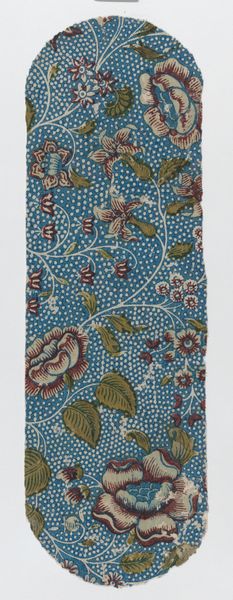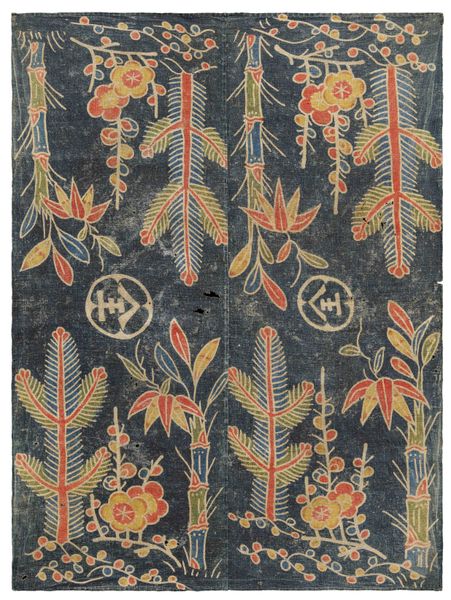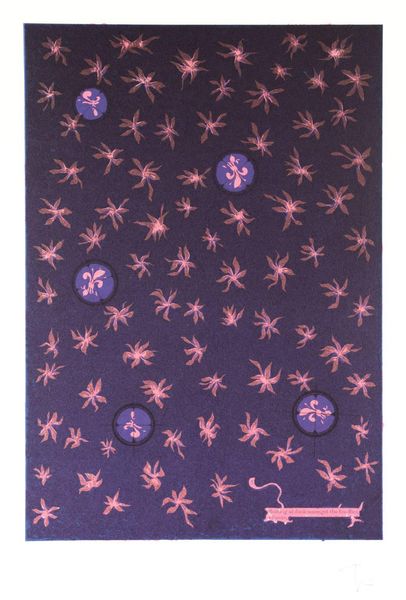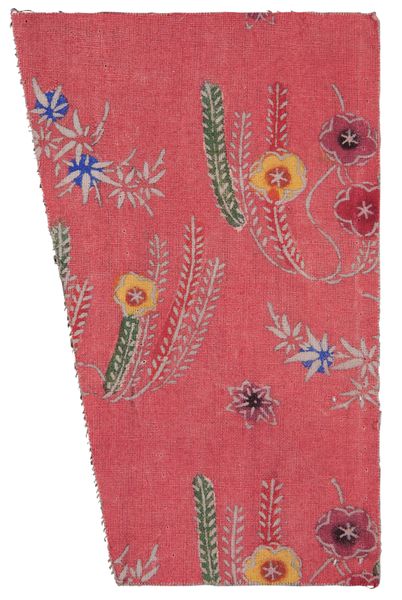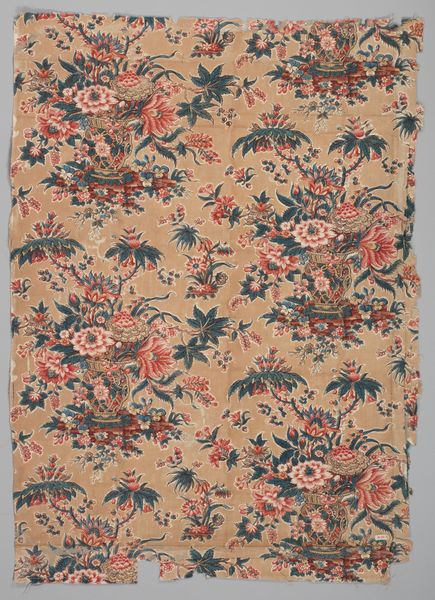
textile
#
asian-art
#
textile
Dimensions: 23 3/8 × 7 3/8 in. (59.37 × 18.73 cm) (overall)
Copyright: Public Domain
Editor: Here we have "Blue-ground fragment with pine," a textile piece from the 19th century. It is currently housed at the Minneapolis Institute of Art. I'm really drawn to its vivid color and the repetitive patterns of flowers and birds. What story does this textile tell, from your perspective? Curator: Well, considering this is classified as Asian art and shows stylistic features reminiscent of "Orientalism," we must analyze its socio-political roots, even its construction. Whose story is *actually* being told, and for whose consumption? Think about the context: during the 19th century, European and American interests in East Asia were heavily influenced by colonialism and a romanticized, often inaccurate, vision. Editor: So, it's not just a pretty piece of fabric, but potentially an object that reflects complex power dynamics? Curator: Precisely. This "Blue-ground fragment with pine," made using the medium of textile, speaks to an appropriation of Eastern aesthetics and possibly catered to a Western market eager for exotic goods. How are we meant to value this piece and what part did local artists and producers take in making and exporting? It urges us to delve deeper into the institutional role of museums like this to analyze how these cultural commodities reflect and reinforce global power structures. Editor: That gives me a lot to think about. So, it becomes more than just an aesthetic piece but an artifact of cultural exchange, both positive and negative. Curator: Indeed. And by examining the patterns, the techniques, and materials used in its construction we are looking closely at labor. Consider that textile manufacturing was industrialized, with some consumers benefitting at the expense of underpaid laborers. Editor: It really changes my perspective when considering that. It reminds me of all that I don't know about these textiles. Thanks for expanding how I look at Asian art. Curator: My pleasure. Approaching art history this way makes sure we never overlook the significance of social context.
Comments
No comments
Be the first to comment and join the conversation on the ultimate creative platform.
